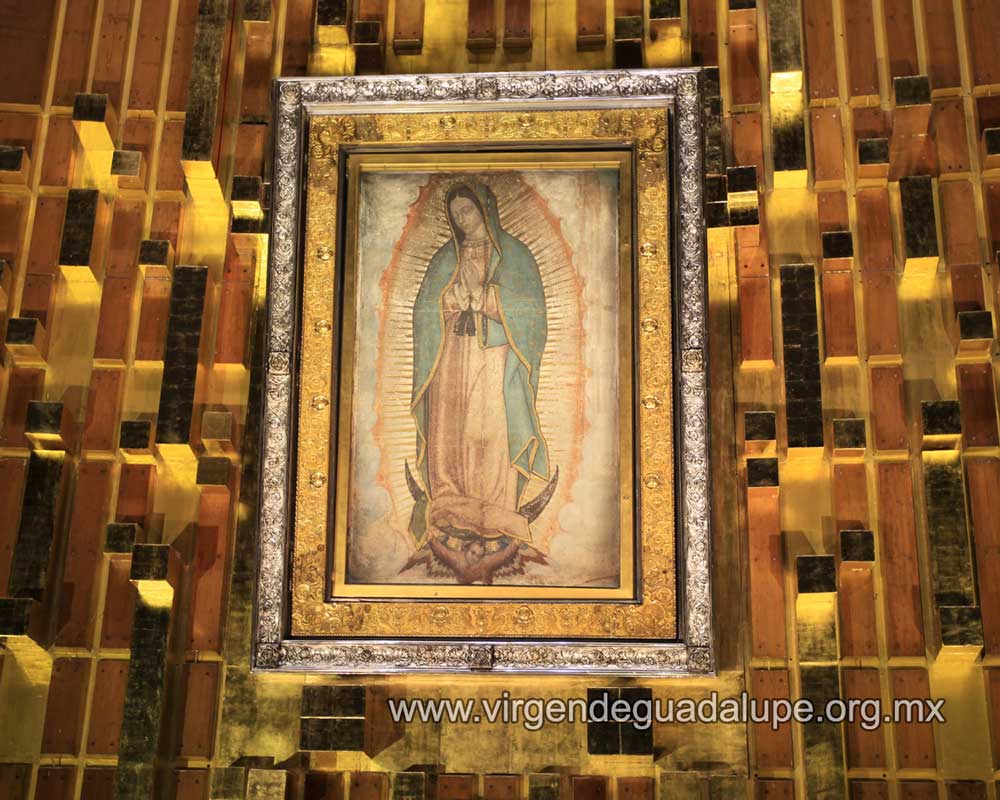
The Gothic cloister has galleries on three sides with three tiers of arches, and the New Church, in modified Baroque style, has three naves. The small chapel in the centre dates from 1405, and there is an impressive portal ca.

The cloister was constructed in brick in the Mudéjar tradition and painted in white and red. It houses the famous statue of the Virgin of Guadalupe on a magnificently ornamented throne. Of special interest is the upper storey, the “Chamber of the Virgin” proper, in which the vaults are richly decorated in plaster and stucco and the walls covered with paintings, among them nine by Luca Giordano.

The Camarín de la Virgen, a small octagonal building situated behind the presbytery of the basilica is amply decorated in Baroque style. The Chapel of Santa Catalina of Alejandría, a square building that links the Sacristy with the Reliquaries Chapel, has an octagonal cupola lit by a lantern, contains some outstanding 17th-century tombs, and houses many elaborate reliquaries and other works of art in its arcaded alcoves.
#CREMA QUINTAESENCIA DE SANTA MARIA DE GUADALUPE SERIES#
The sacristy built between 16is abundantly decorated and best known for the series of paintings by Zurbarán and wall paintings that highlight the austere lines of its architecture.

The following architecture from different periods is worth underscoring: the Basilica (main church) or Templo Mayor – with a façade notable for its Mudéjar works, its doors ornamented with finely-worked bronze plaques, the interior nave and two side aisles with fine ornamented vaulting, and many richly decorated tombs and altars. It is an exceptional example of an ensemble comprised of widely differing architectural styles, including in particular the 14th- to 15th-century Mudéjar church and cloister. The town of Guadalupe, built around the Monastery, whose foundation dates back to 1337, offers in its medieval buildings a unique beauty that reflects the traditional architecture in an urban context. The Royal Monastery of Santa María de Guadalupe is located in the province of Cáceres (Autonomous Community of Extremadura, Spain) at a location of great beauty, overlooking a valley surrounded by high mountains.


 0 kommentar(er)
0 kommentar(er)
